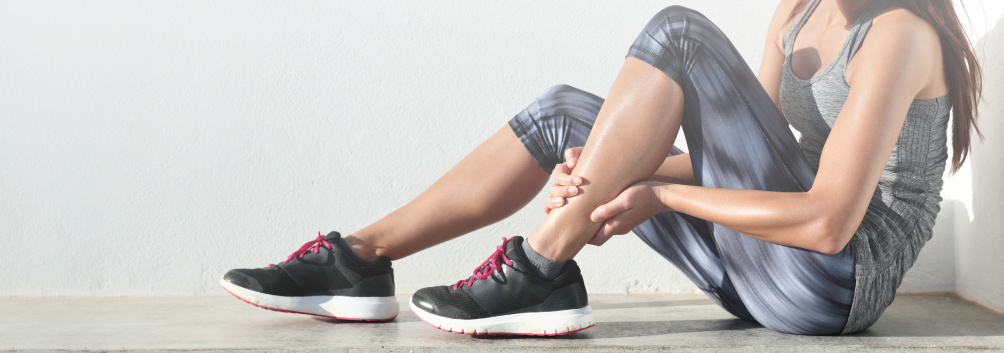Menu
Others
Issue 516 – The Ultimate Ankle Injury Aid: Understanding Medical Ankle Braces
Ankle injuries, especially sprains, are common and can disrupt daily life. Dr. Lin Zong-Ching from the Taiwan Academy of Physical Medicine and Rehabilitation emphasizes that initial care should include observation, ice, elevation, immobilization, and rest. If symptoms persist, medical evaluation is necessary to rule out ligament tears or fractures through imaging such as ultrasound or X-rays. Depending on injury severity, different types of medical ankle braces may be recommended to protect against further damage.
- Basic Elastic Ankle Sleeves
- For mild sprains, offering light compression and easy wear. Can be removed during sleep.
- Enhanced Ankle Supports
- For moderate sprains, provide more stability with added straps for localized compression.
- Air-Stirrup Braces
- For moderate to severe injuries. Inflatable airbags inside the brace provide snug support. Recommended for use in 1–2 hour intervals to prevent poor circulation.
- Pneumatic Walking Braces
- Suitable for severe sprains, ligament tears with fractures, or Achilles tendon injuries. Offer full support similar to a cast, but with adjustable air pressure. Also require breaks every 1–2 hours.
Tips for Choosing and Using Ankle Braces
Dr. Lin advises selecting a slightly larger size than your regular shoe to accommodate swelling. Opt for breathable, hypoallergenic materials. Always wear it while seated to prevent imbalance. Check for wrinkles or pressure points to avoid skin damage. If numbness or sweating occurs, remove the brace temporarily.
Braces are usually worn barefoot, but thin, breathable socks can be used for sensitive skin. Wear them only during activity; remove during rest or sleep and elevate the ankle when possible.
TFDA’s 3-Step Guide for Safe Use:
- Recognize medical devices.
- Check for a TFDA medical device license number on the packaging.
- Read the instructions carefully before use.
By choosing and using the correct ankle brace properly, you can speed up recovery and avoid complications.
Source: Taiwan Food and Drug Administration(TFDA)
Phone: 03-4227151#57270、03-2804814
Fax: 03-4272405
Email: ncu7270@ncu.edu.tw
Address: No. 300, Zhongda Rd., Zhongli District, Taoyuan City 320317, Taiwan (R.O.C.)
Views: 0
Copyright © Health Care Division, National Central University
National Central University - Health Center
